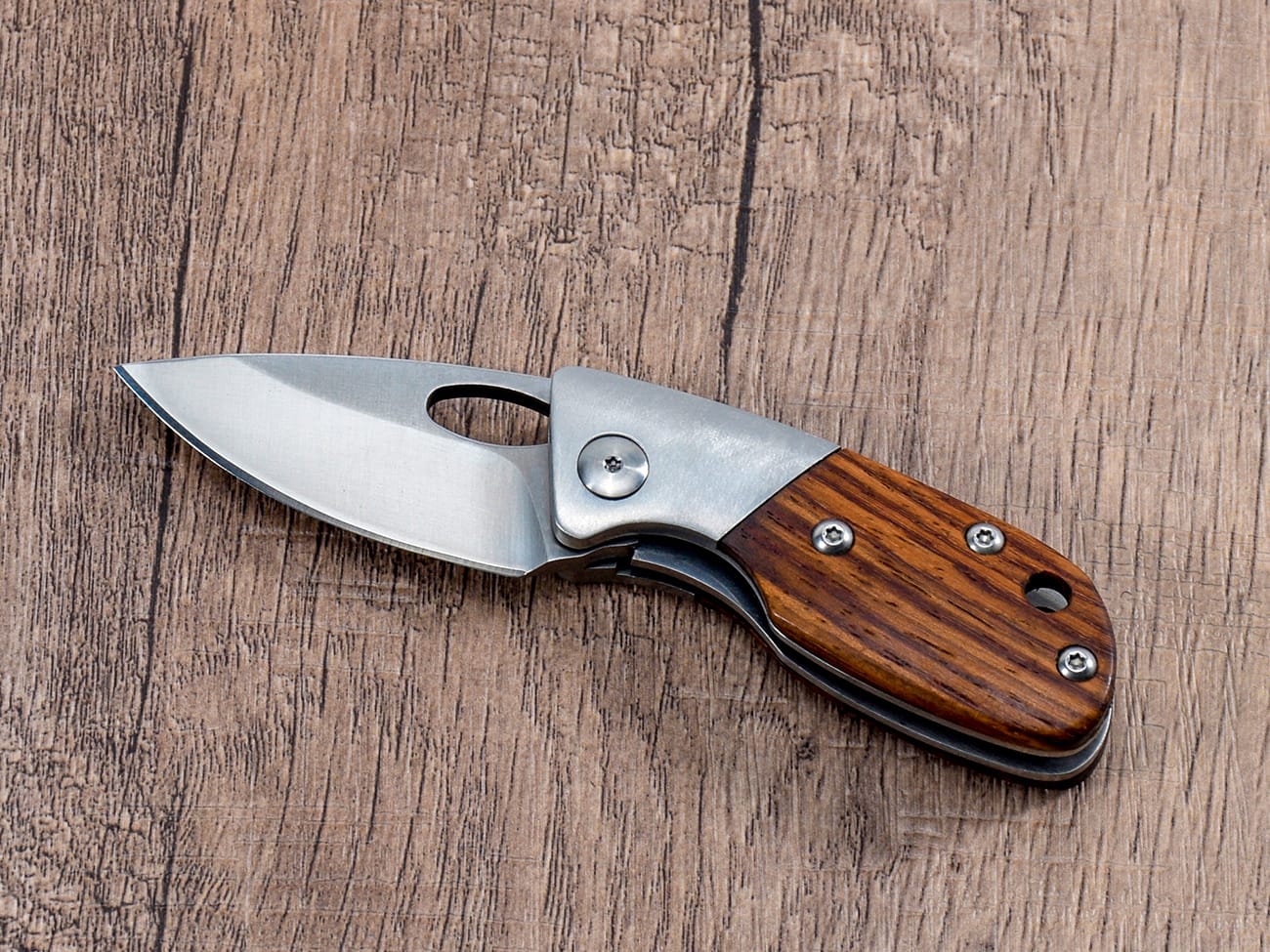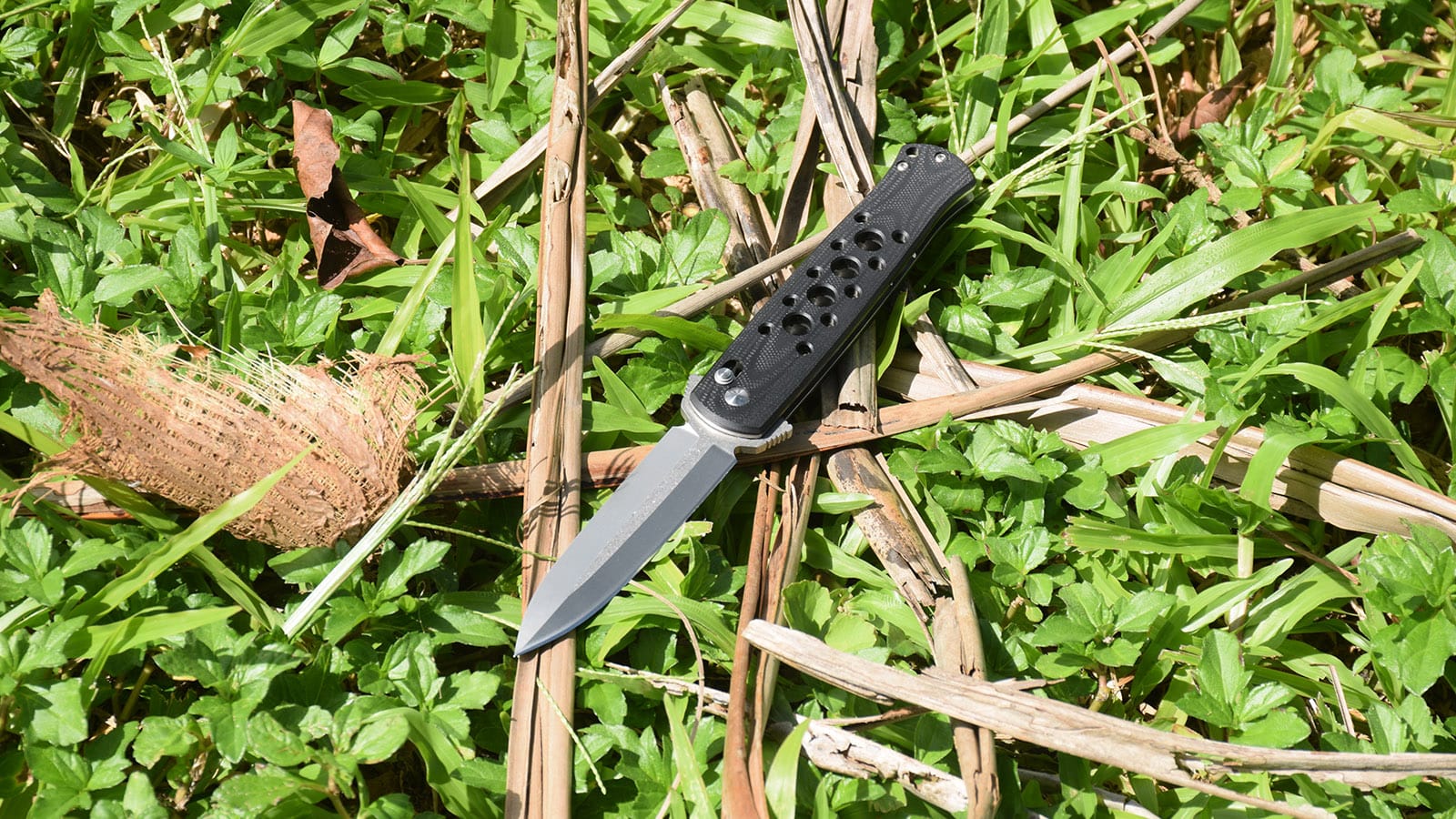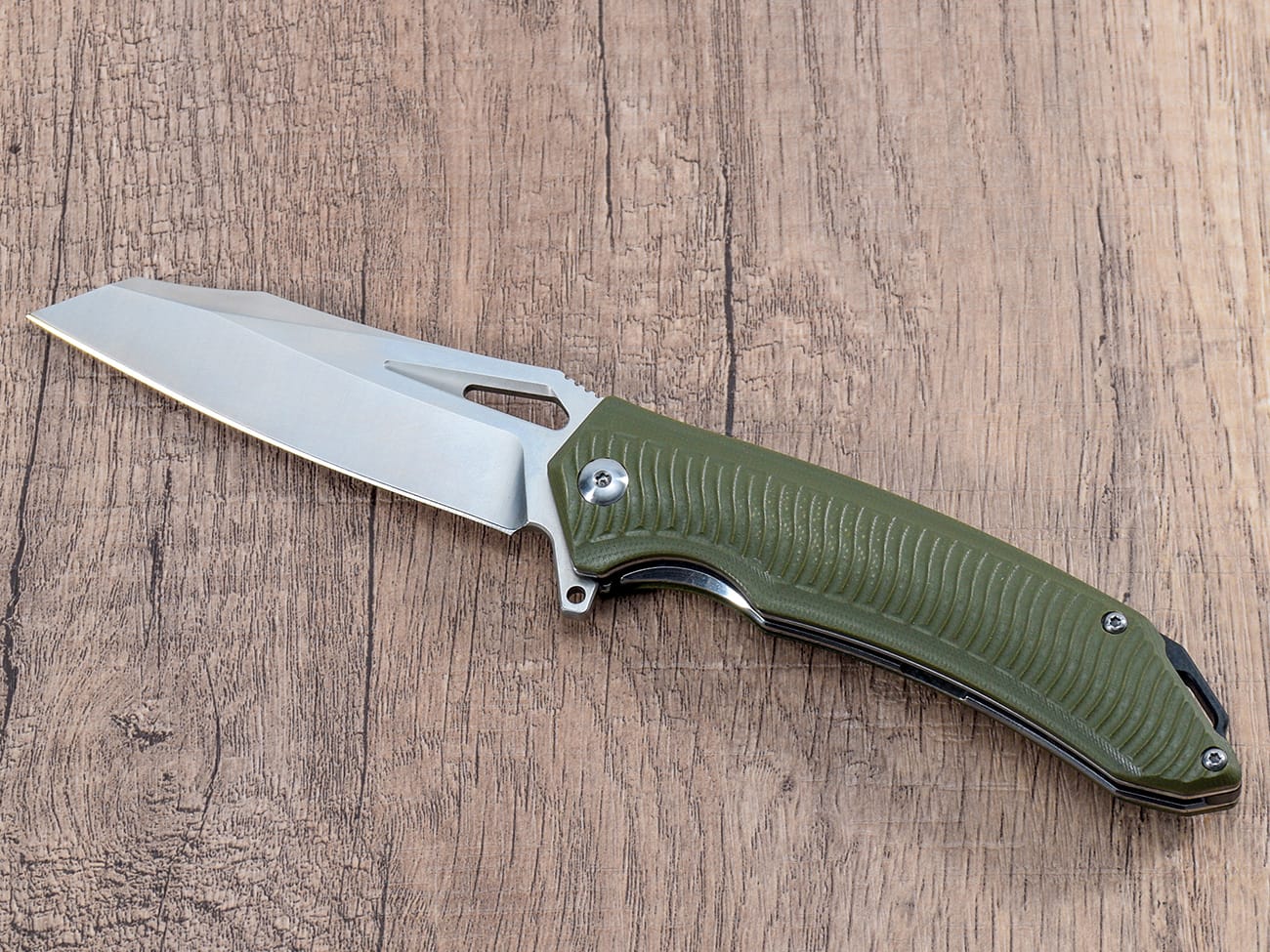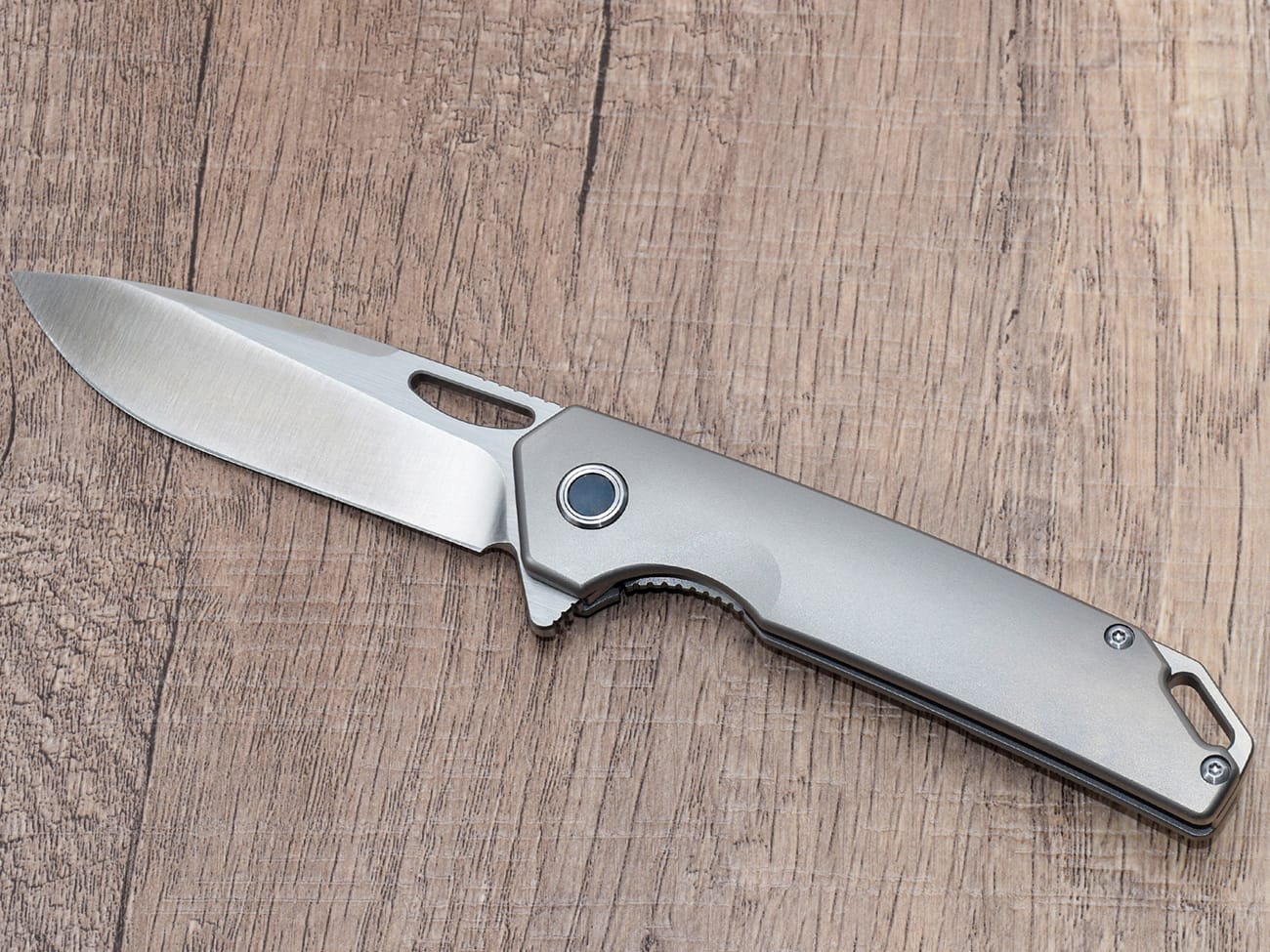Every knife enthusiast knows that proper maintenance is crucial for keeping your EDC in top condition. Whether you need to clean, lubricate, or repair your folding knife, knowing how to take it apart safely is an essential skill. This comprehensive guide will walk you through the process of disassembling and reassembling your pocket knife without damaging it.
Why Would You Need to Take Apart Your Pocket Knife?
Before diving into the disassembly process, it’s important to understand when and why you might need to take your knife apart. Regular maintenance, cleaning out gunk, and fixing mechanical issues are common reasons. Learn more about pocket knife maintenance.
What Tools Do You Need for Knife Disassembly?
Having the right tools is crucial for successful disassembly. You’ll need:
- A torx screwdriver set
- Lubricant
- Clean workspace
- Compressed air
- Small container for parts Check out our knife maintenance tools
How to Prepare for Disassembling Your Knife?
Taking your time with preparation is essential. Create a clean workspace and ensure proper lighting. Document the original position of all parts, perhaps taking photos as you go. View our knife maintenance guide

What Are the Steps to Take Apart a Folding Knife?
- Start with the pocket clip removal
- Loosen the pivot screw
- Remove the liner and scales
- Separate the blade from the handle
- Clean and inspect all components
How Do You Deal with Different Lock Types?
Different lock mechanisms require different approaches:
- Liner lock knives need special attention
- Frame locks require careful handling
- Axis locks have additional components Explore different lock types
What Common Problems Might You Encounter?
Watch out for these issues:
- Stripped screws
- Lost tiny parts
- Damaged washers
- Misaligned components
How to Clean and Lubricate During Disassembly?
Take advantage of the disassembly to:
- Remove old lubricant
- Clean out debris
- Apply new lube
- Check for corrosion
What’s the Proper Way to Reassemble a Pocket Knife?
Reassembly requires:
- Proper alignment of all parts
- Correct tension on the pivot
- Testing the action
- Final adjustments
How to Test if You’ve Reassembled Correctly?
Check these points:
- Smooth blade operation
- Proper lock engagement
- No blade play
- Correct centering
Important Safety Tips and Warnings
Remember these crucial points:
- Never force parts
- Use appropriate tools
- Take your time
- Document everything
Key Takeaways:
- Always use the right tools for disassembly
- Document the process as you go
- Clean and lubricate properly
- Take your time during reassembly
- Test thoroughly before use
- Keep track of all small parts
- Don’t force anything that seems stuck
Internal Links Used:




